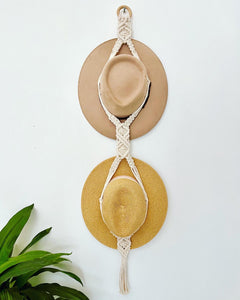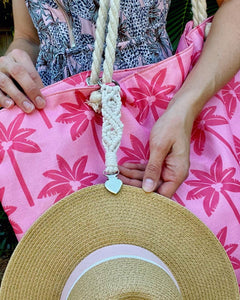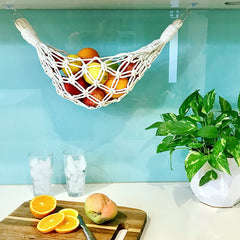What is macramé and where did it come from?
Macramé is done without any tools, just using your hands. You can use macrame to create plant hangers, clothing, wall hangings, dream catchers, necklaces, bracelets, earrings, curtains, tablecloths, coasters, tassels, keychains, bookmarks, belts, etc. - the possibilities are endless. You can accentuate your pieces by adding beads, charms, seashells, etc. Once you have mastered the basic macramé knots, you can research more complicated ones or make up your own. You can use different cord sizes and colours. Material options include leather strips, cotton rope, yarn, jute, ribbon, nylon cord, and a popular hemp cord.
If a piece includes at least one macrame knot, it can be considered macrame art. The projects are pieced together with several knots or joined with other techniques, usually knitting or weaving.





